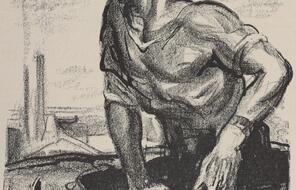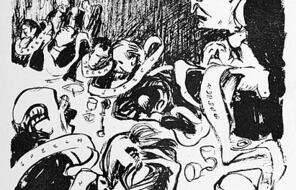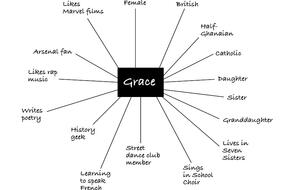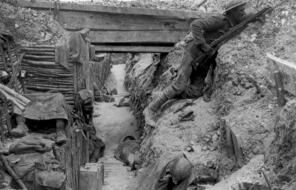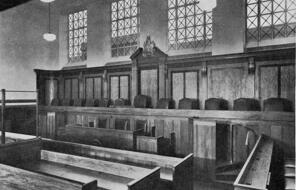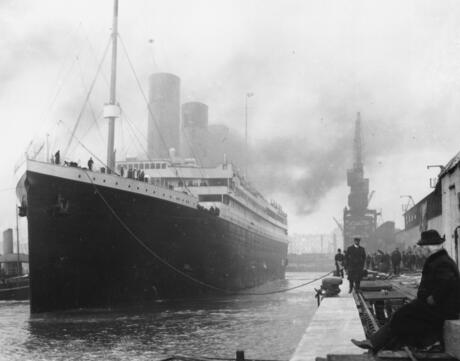
Understanding Mr Birling
Overview
About this Lesson
In the last lesson, students were introduced to inferencing as a strategy to help them analyse the play and consider the messages that Priestley sends through his use of language, setting and character. Understanding how to make inferences not only enables students to deconstruct the play and examine Priestley’s craft, it also gives them the skills to better understand their own thinking process and recognise how they make sense of the world around them. This understanding, in turn, can help students to be more critical in their consumption of texts and information as it makes them aware of how we respond to new information and encourages them to use evidence-based reasoning.
In this lesson, students will continue their in-depth study of character by focusing on Mr Birling. In addition to critically assessing Priestley’s presentation of Mr Birling, students will also reflect on how identity can influence our view of the world and our behaviour. Mr Birling is portrayed as an uncaring businessman who wishes to put profit before people, and for Priestley, it could be argued, he symbolises capitalism itself. Through analysing his speeches, students will get a clear idea of which values Mr Birling holds to be important and whose needs he considers himself responsible for. They will also begin to consider how Mr Birling is both a product of his environment and, simultaneously, someone whose behaviour and decisions impact the society in which he lives. Throughout this lesson, students will have the opportunity to think about the sources of their own views and values, and how they are connected to their identity, background and experiences. Such reflection is important if students are to engage critically with the world around them and broaden their understanding of those who are different.
Students will begin the lesson by continuing to read the play. They will then work in groups to discuss one of Mr Birling’s various long speeches, thinking about how these speeches inform the audience about his character and world view. Later in the lesson, students will have the opportunity to select relevant evidence to support their claims concerning Priestley’s presentation of Mr Birling, and to think about how to annotate this evidence. To help consolidate their learning, students can create a Mr Birling character map for homework.
The activities in this lesson refer to pages 5–10 of the Heinemann edition of An Inspector Calls.
Preparing to Teach
A Note to Teachers
Before teaching this lesson, please review the following information to help guide your preparation process.
Lesson Plans
Part I Activities
Part II Activities
Extension Activity
Homework Suggestion
Materials and Downloads
Quick Downloads
Download the Files
Get Files Via Google
Understanding Mr Birling
Developing Character Inferences
The Cost of Labour
Unlimited Access to Learning. More Added Every Month.
Facing History & Ourselves is designed for educators who want to help students explore identity, think critically, grow emotionally, act ethically, and participate in civic life. It’s hard work, so we’ve developed some go-to professional learning opportunities to help you along the way.
Exploring ELA Text Selection with Julia Torres
On-Demand

Working for Justice, Equity and Civic Agency in Our Schools: A Conversation with Clint Smith
On-Demand

Centering Student Voices to Build Community and Agency
On-Demand





